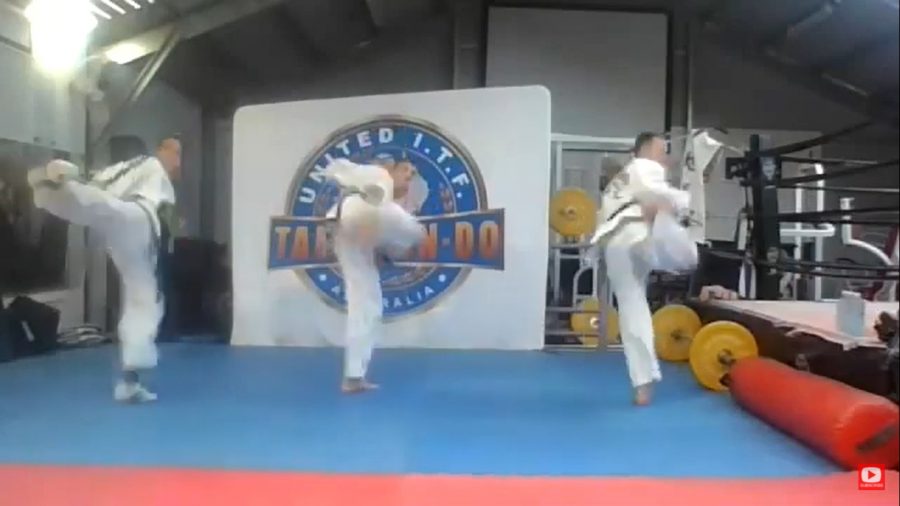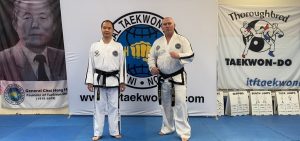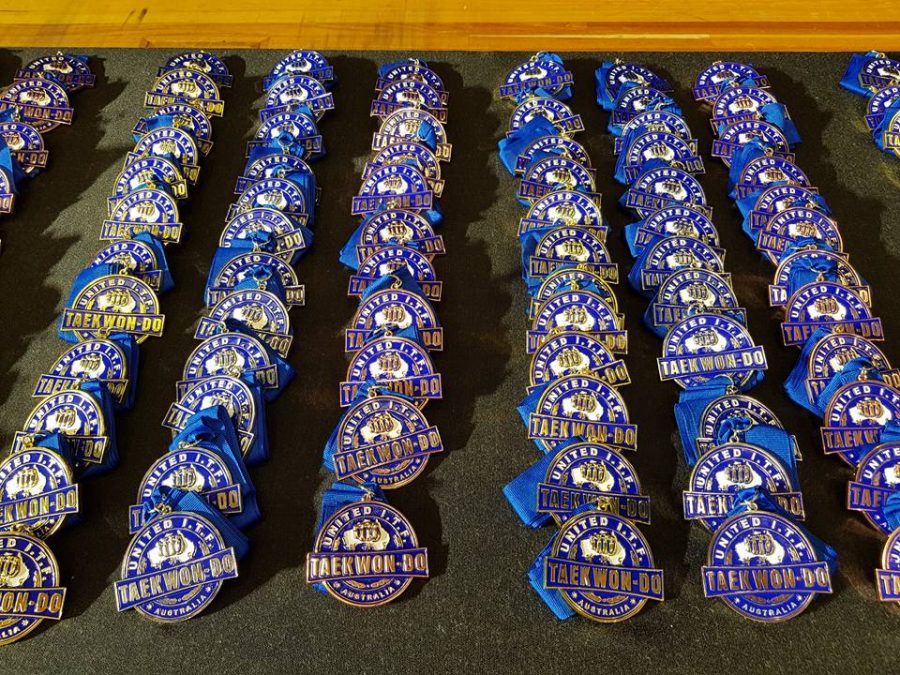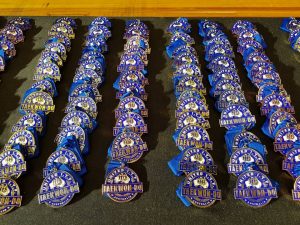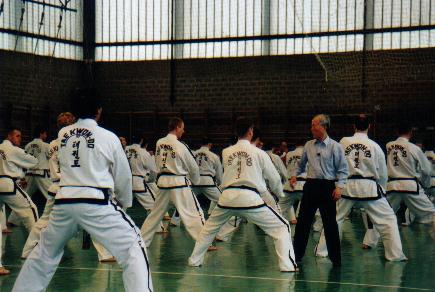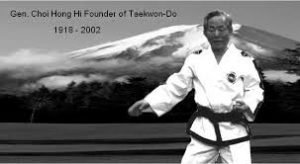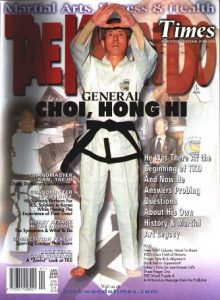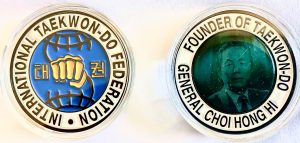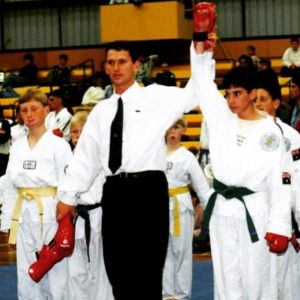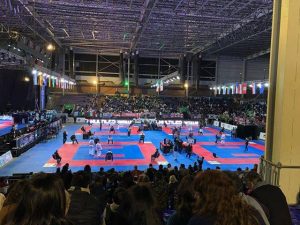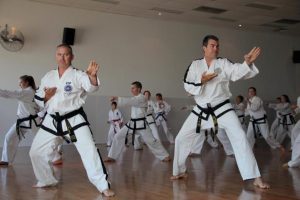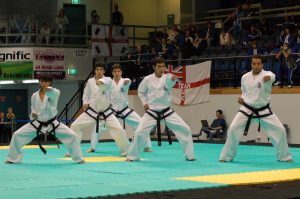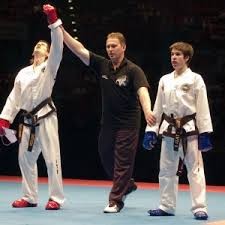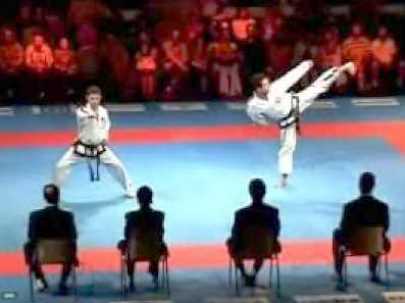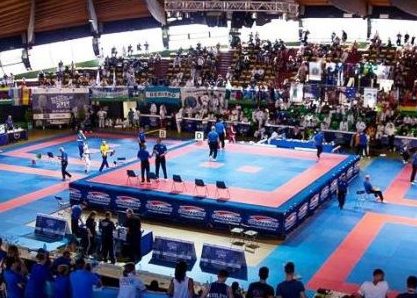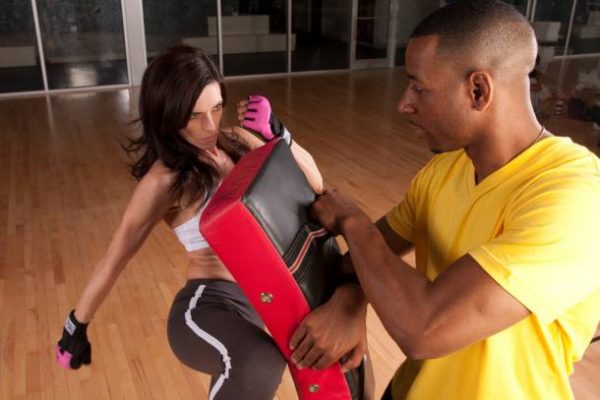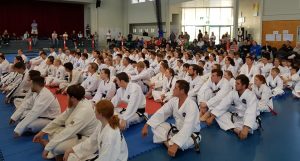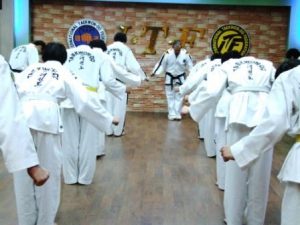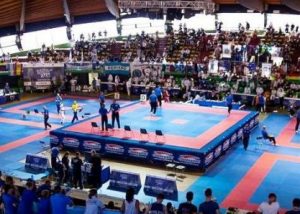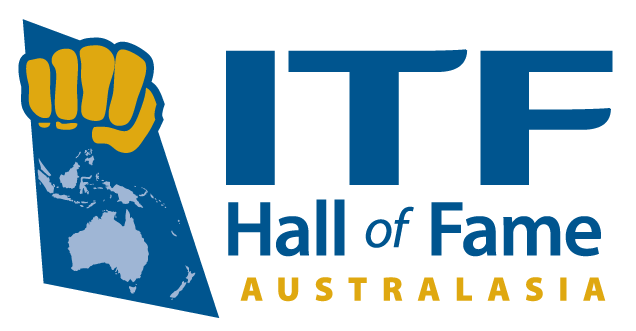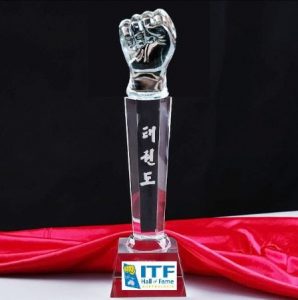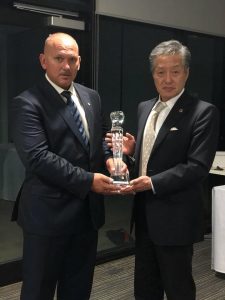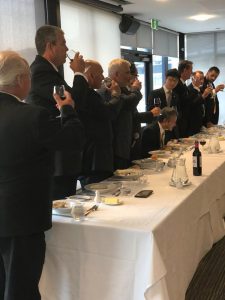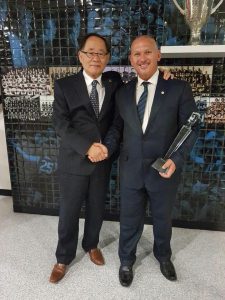Womens Self Defense – Why it is important
Here’s 7 Simple Reasons for Women’s Self Defense

Violence against women is a serious and widespread issue in Australia, as well as throughout the world. And while the long term goal is education to stop violence against women, there are actionable strategies women can employ, right now. Here are 7 very simple reasons you should consider taking a women’s self defense class.
1 – Don’t Become a Statistic
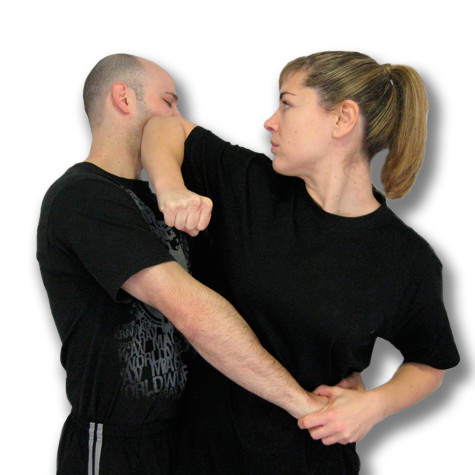
Frankly, the statistics in Australia alone are frightening. At least one woman a week is killed by a partner or former partner. One in three women have experienced physical violence. 300,000 women a year experience physical or sexual violence from a stranger.
Violence against women contributes to more death, disability and illness to women between 15 and 44 than any other preventable risk factor. Learning self-defense gives you the power to avoid becoming one of these statistics, now.
2 – Prevention and Awareness
As teens and adults we become increasingly fixated on the front and our devices, often being unaware of what’s around us. You work with an experienced instructor to develop strategies that work best for you against a variety of opponents, attacks and situations. Above all, women’s self defense teaches us awareness and prevention.
3 – Take Control for Yourself and Other Women
Women’s self defense is about taking safety into our own hands. Taking a Self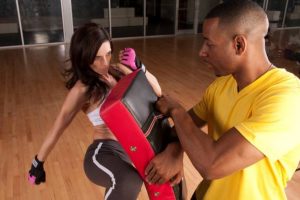 defense class is our chance to take action in our own lives, to take control of our own present and future. The fact is, crimes against women happen and will continue to happen.
defense class is our chance to take action in our own lives, to take control of our own present and future. The fact is, crimes against women happen and will continue to happen.
Women’s self defense classes can help prevent us becoming victims. Knowing how to defend ourselves gives us a better chance of stopping attacks and even lessening attacks against women in the future.
4 – Great Exercise!
Self defense classes, at the end of the day, can also be a great source of exercise, working a range of vital parts of your body. It not only exercises your body physically, it also exercises your mind, reactions and reflexes. It is also an incredible way of exercising your own power and confidence.
You do not have to be physically strong to be successful at self-defense. If you can learn to successfully escape or prevent a dangerous situation, then you are exercising good self-defense.
5 – Be Accountable
As women, we are constantly encouraged to be accountable for ourselves. We are told to be accountable for our finances. We are told to account for our stress and encouraged to be accountable for our health, weight and diet, along with our workouts and fitness.
It stands to reason that we should be accountable for our self defense. Is it really so hard to add a self defense class to our routine as we would add the latest yoga, pilates or work out fad? However, unlike a fad, this is something that will actually make a monumental, positive change to our lives.
6 – Be Feminine
There is a terrible misconception – unfortunately perpetuated by mass media – that self defense is unfeminine and unattractive. These dangerous articles claim that women who pursue self defense are masculine, “jacked up” and have a distasteful love for violence. However, nothing could be further from the truth.
In fact, many models, actresses and even pageant winners are devotees of women’s self defense. Women’s self defense is incredibly feminine because it is empowering. Encouraging women to take self defense is a beautiful, inspiring thing. So, ignore the dangerous misconceptions of mainstream media and enjoy learning self defense.
7 – Do Something Now
Of course we need better education to end violence against women and men. Violence of all kinds is unacceptable. Unfortunately, though, education is long term and may not be able to help you today, tomorrow or even next year. That is why women’s self defense education is important. This is something that can happen now. Women’s self defense provides functional strategies, techniques and training methods to stop an attacker intent on hurting you.
It gives you the security and confidence, right now, that you can protect yourself should the need arise. Unfortunately, no matter how well intended, ideologies can’t do that. So until education catches up with reality, keep yourselves safe. Invest in women’s self defense today.
Contact Us to find out more about our women’s self defense classes and courses. We can also provide personal training or group sessions / courses for you and and friends or work colleagues.
Written by Stephanie Schauer for ITFTaekwondo.com
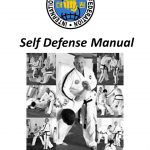
Self Defense Manual BUY NOW
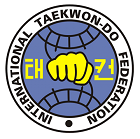
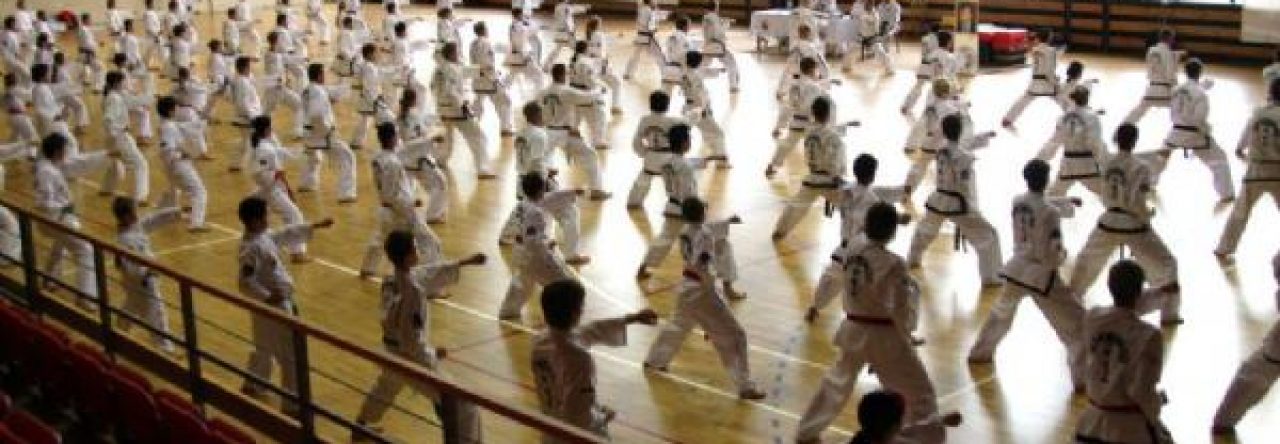
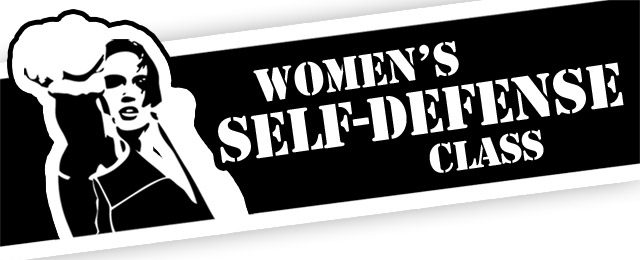
 Subscribe to our channel
Subscribe to our channel